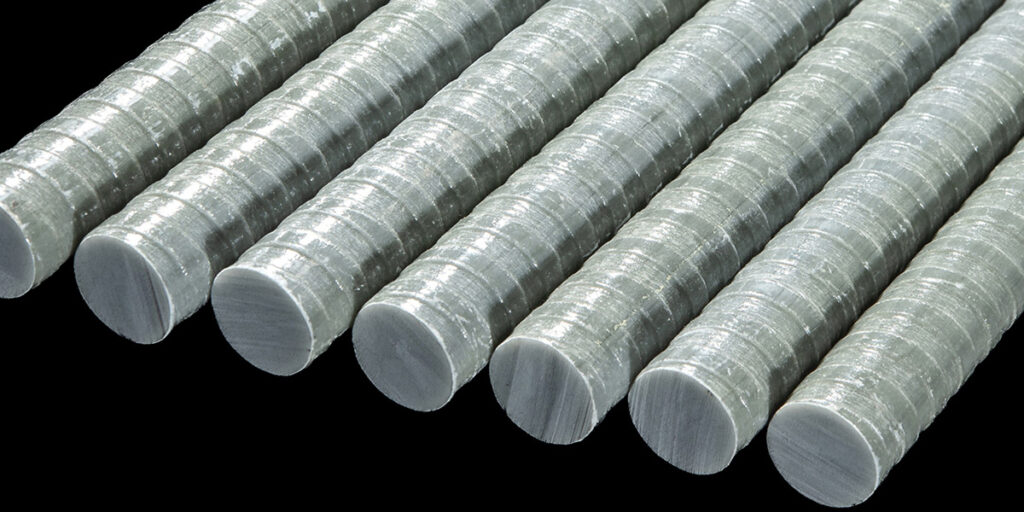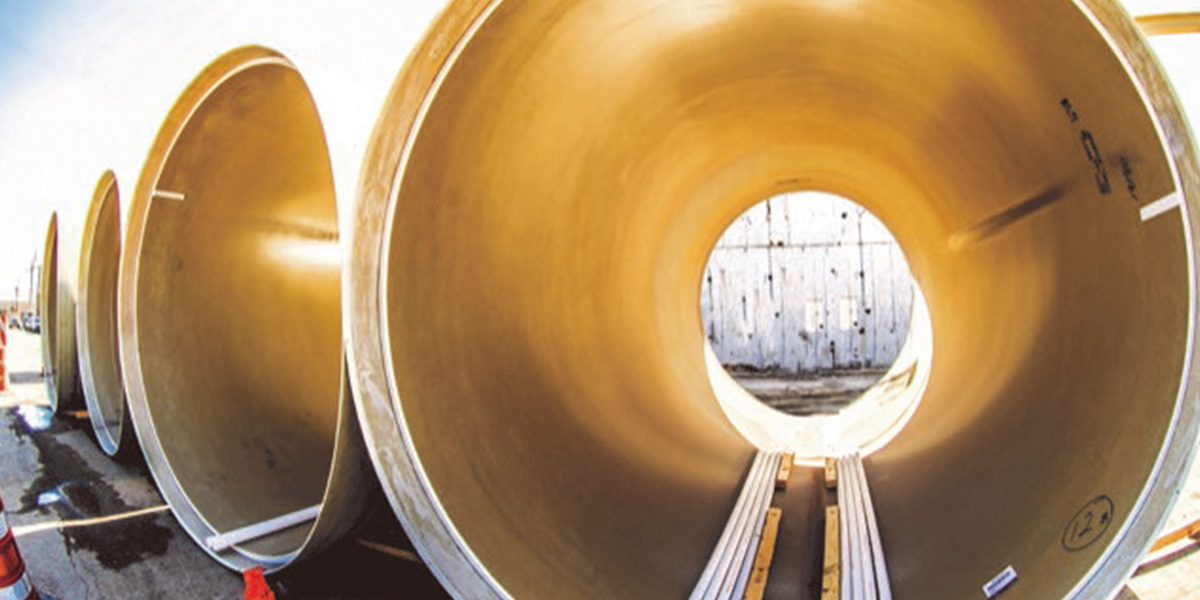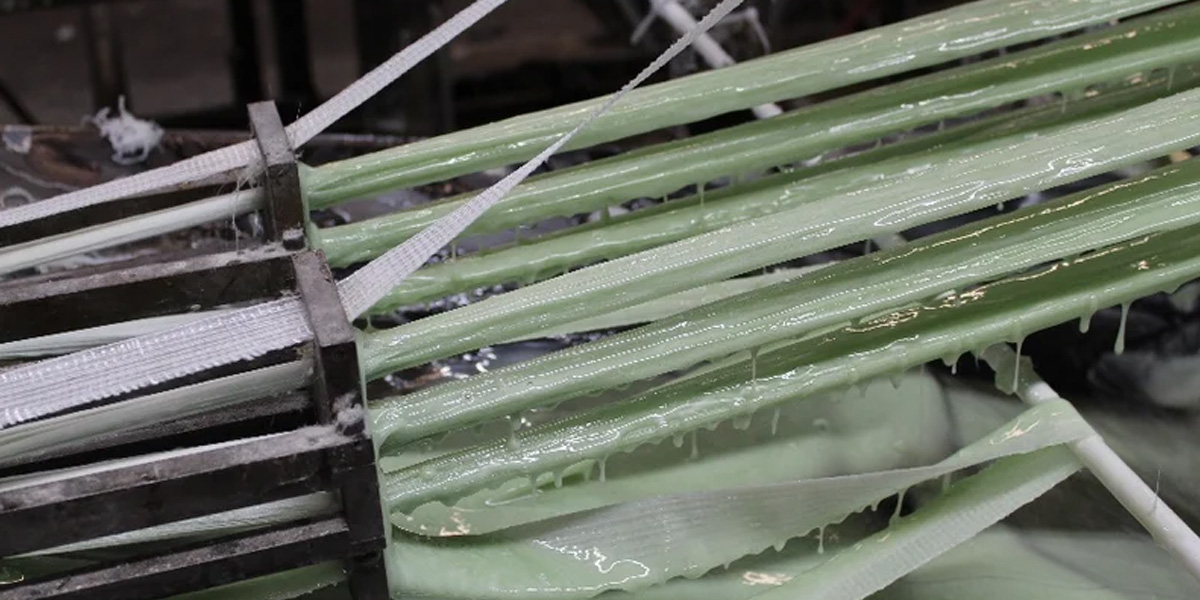The pultrusion process is a manufacturing technique used to create continuous lengths of composite materials, such as fiber-reinforced polymers (FRP). The process involves pulling a mixture of resin and fibers through a heated die to create a desired shape.
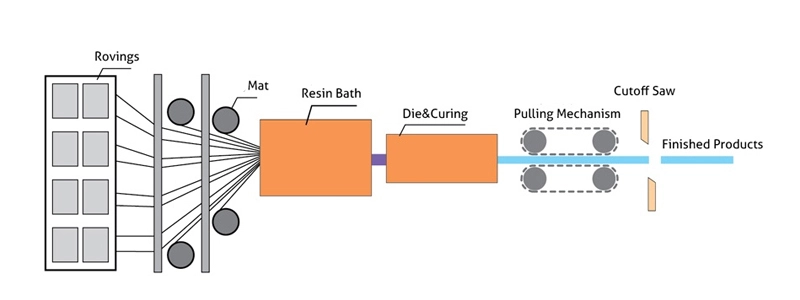
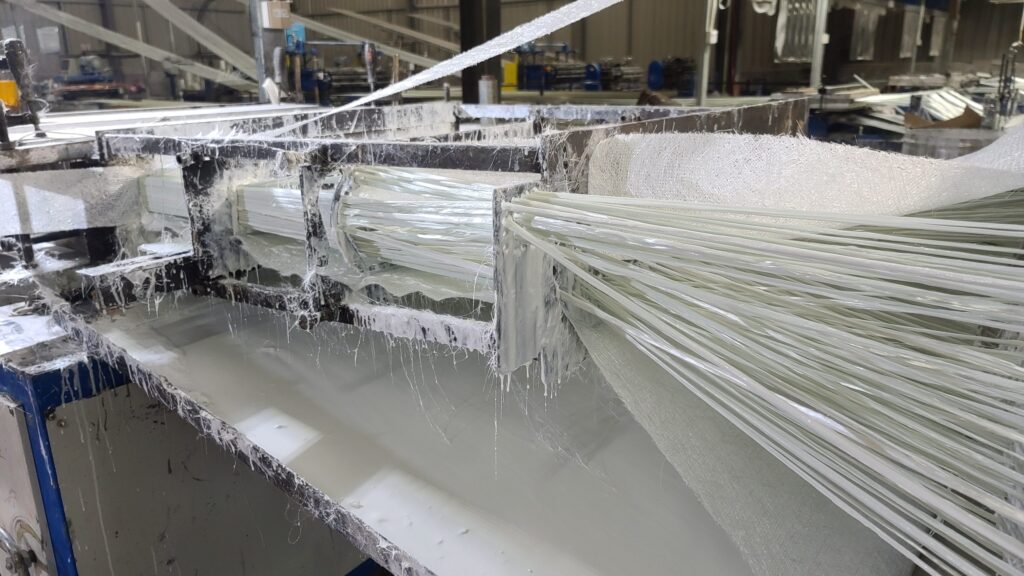
Here is a step-by-step overview of the pultrusion process:
Step 1: Material Preparation
- A mixture of resin and fibers, such as glass or carbon fibers, is prepared.
- The fibers are typically aligned in a specific direction to achieve the desired properties.
Step 2: Guiding
- The fiber-resin mixture is guided through a series of rollers or guides to align the fibers and remove any air pockets.
Step 3: Resin Injection
- The fiber-resin mixture is injected into a heated die, which is shaped to produce the desired cross-sectional profile.
- The die is typically heated to a temperature of around 150°C to 200°C.
Step 4: Pultrusion
- The fiber-resin mixture is pulled through the die using a pulling device, such as a caterpillar tractor or a winch.
- The pulling force is controlled to ensure a consistent speed and tension on the material.
Step 5: Curing
- The material is cured in the die as it is being pulled through.
- The curing process can take several minutes, depending on the type of resin and the desired properties of the final product.
Step 6: Cooling
- The cured material is cooled as it exits the die.
- The cooling process can be accelerated using air or water cooling systems.
Step 7: Cutting
- The continuous length of material is cut to the desired length using a saw or a cutting die.
Advantages of Pultrusion
- High production rates
- Low labor costs
- Consistent product quality
- Ability to produce complex shapes and profiles
- Low material waste
Applications of Pultrusion
- Construction industry (e.g. rebar, bridge components)
- Automotive industry (e.g. bumper beams, door frames)
- Aerospace industry (e.g. aircraft components, satellite components)
- Sports equipment (e.g. fishing rods, bicycle frames)
- Medical devices (e.g. surgical instruments, implantable devices)
Types of Pultruded Products
- Profiles (e.g. I-beams, channels, angles)
- Tubes (e.g. pipes, tubing)
- Rods (e.g. fishing rods, bicycle frames)
- Sheets (e.g. composite panels, roofing materials)
Overall, the pultrusion process is a versatile and efficient technique for creating continuous lengths of composite materials with specific properties and shapes.
